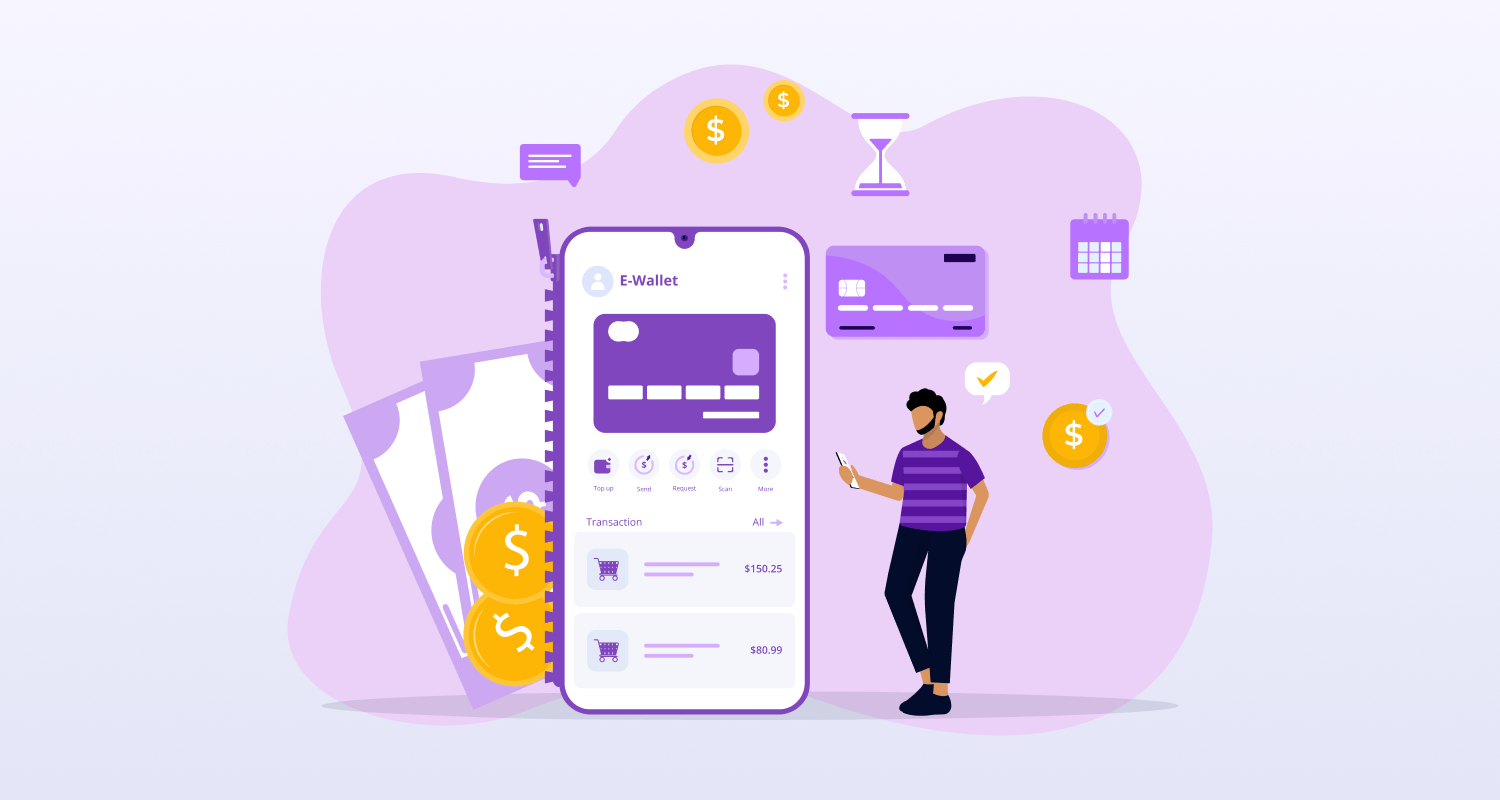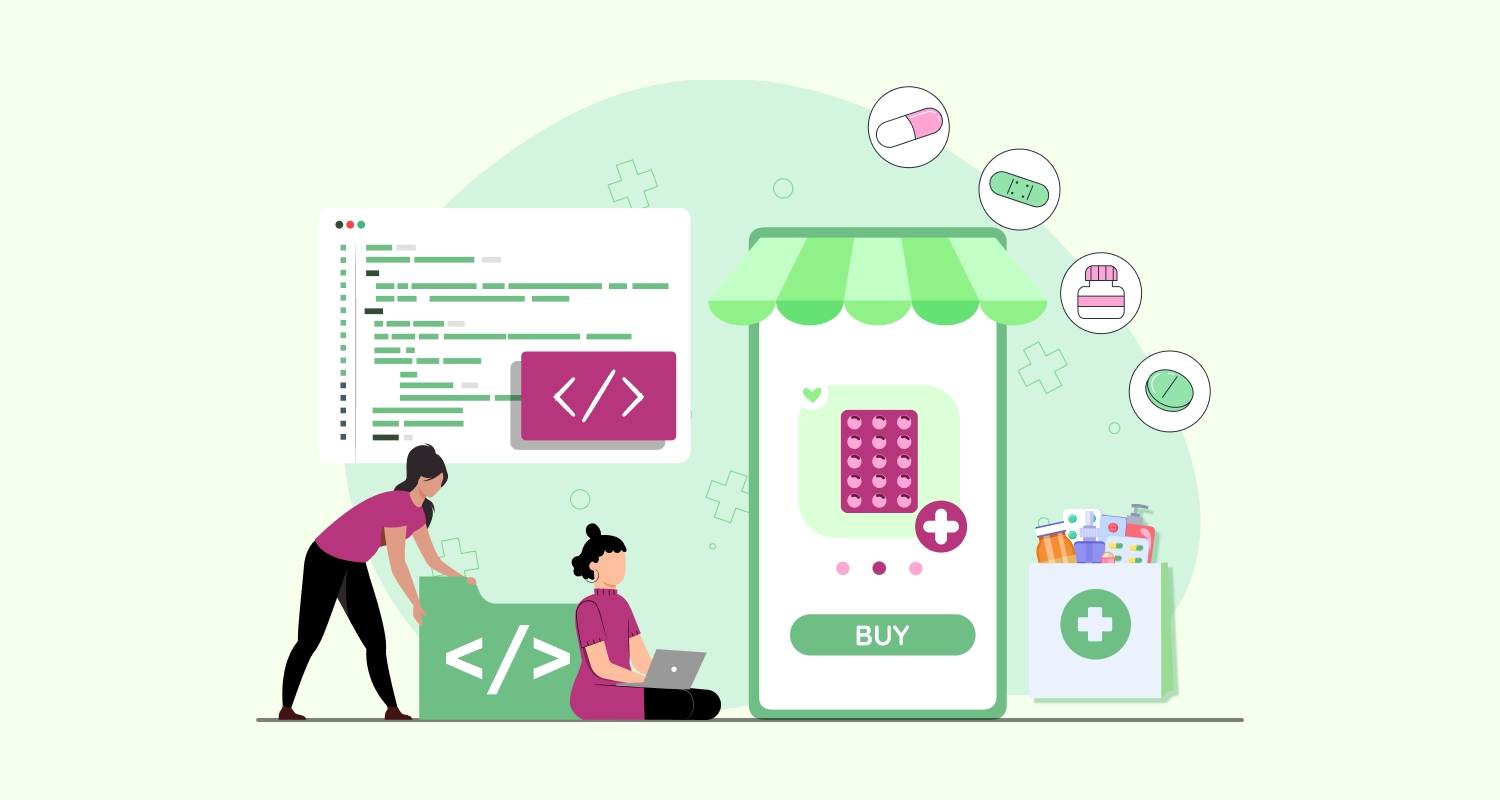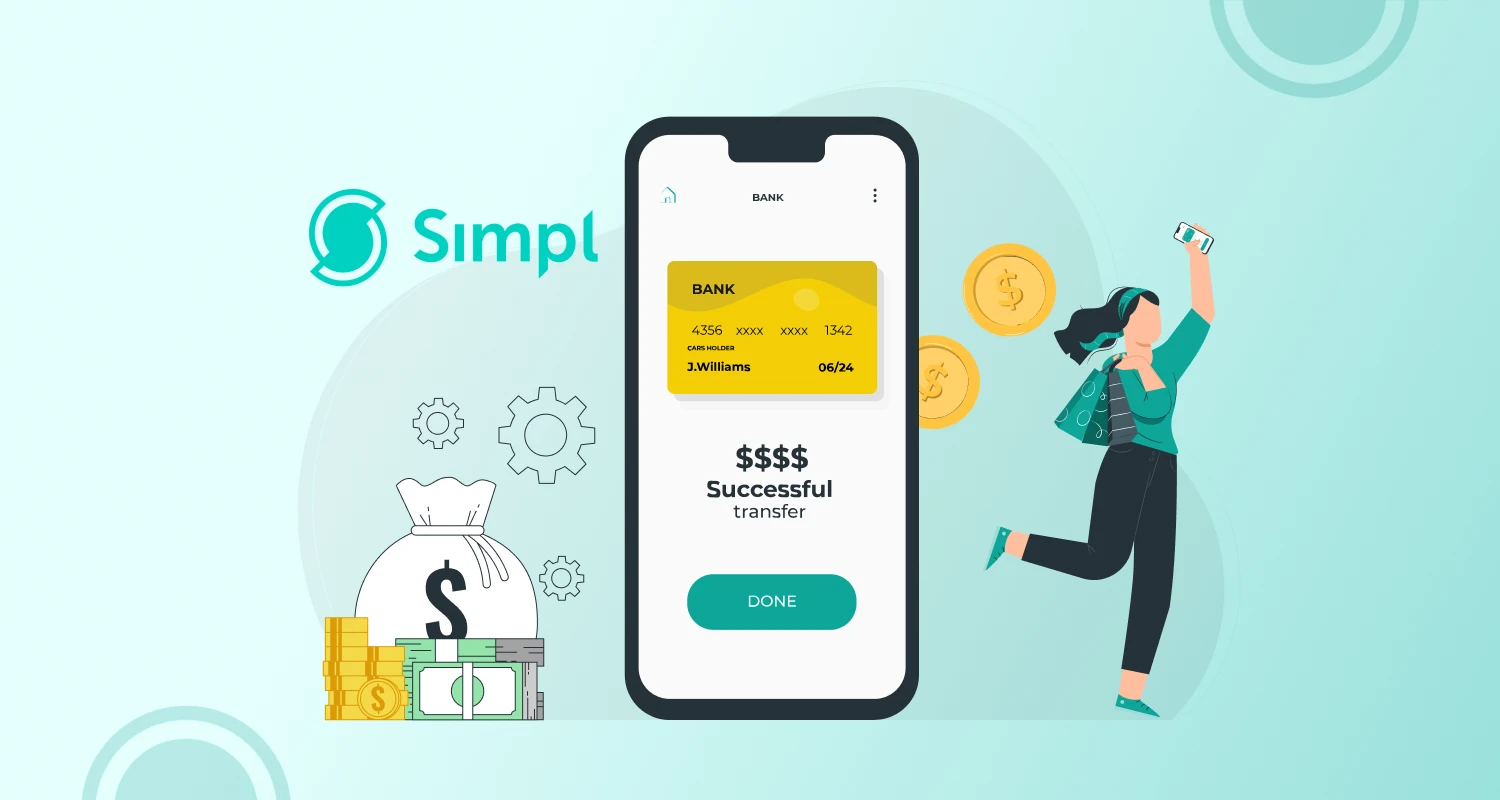Either you build a native app or a cross-platform app. These are the two basic choices that every mobile app developer needs to make. While building platform-specific apps for a single platform at a time has a lot of advantages, often this requires a larger budget and development time that small Startups cannot afford. This is why cross-platform development is the most popular choice among Startups world over.
In recent times, flutter app development has gained huge popularity among Startups particularly because of this. Flutter is a great cross-platform mobile app development framework that allows fast-paced app development without compromising on performance, UI design and scope of testing. No wonder, companies using flutter include leading giants like Google besides thousands of Startups.
Let us now explain some of the key advantages of Flutter app development that made this framework so popular among developers of mobile app Startups.
1. Hot Reload Boosting Productivity
Flutter app development framework comes with a hot reload feature to boost development speed and reflect any changes instantly. In contrast to most other development frameworks, Flutter doesn’t require to build Gradle several times.
The hot reload feature allows app developers to do small changes that will be reflected instantly to them. This also helps to bridge the abyss between developers and designers and incorporate frequent changes in the app for continuous development. This allows a startup to make frequent value addition to the app.
Read more: 10 leading Flutter Development Companies of 2021
2. Fast-Paced Development Cycle
Startups mainly don’t want native app development and prefer going for cross-platform development simply because of the faster development process saving time and money. Flutter mobile app development further can boost the speed of this development cycle to the optimum. Let us explain the kind of pace in respect of the development cycle you can ensure by using Flutter framework.
On the Android app development services platforms, the total compilation of the code as long as 2:10 seconds and an incremental compilation takes just 20 seconds. On the iOS platform, the same compilation takes respectively 2:40 seconds and 40 seconds. On the other hand, Flutter full compilation on both platforms takes just 25 seconds. This explains the fast-paced development cycle offered by Flutter.
3. It’s a Thoroughly Design-Ready Framework
One of the biggest selling points of Flutter is its active and robust ability to help UI design. Developers while creating Flutter took utmost consideration to induce it with Material Design specification and this gives Flutter the power of delivering superb UI experience straight from the box.
Flutter UI builder is available to deliver ready help for building user interface with the crisp and smooth user experience. Flutter also comes loaded with widgets with human interface design capability for iOS. This easily translates the user experience to the native feel of iPhone and iPad devices.
4. Flutter can Support a Range of IDEs
While the reusability of code and faster development cycle are two most talked of benefits of Flutter mobile app development, we should not forget the robust support of Flutter framework for a wide range of IDEs. Whether you use it on Android Studio or use it with Visual Code, you have the full support of Flutter. You can also use several other IDEs as per your preference. You don’t need to switch to any particular one just because of using Flutter for your mobile app. Startups and companies using Flutter can have complete peace of mind when accommodating the framework in their strategic cross-platform development tools.
Read More: Why Flutter Holds The Future of Android App Development?
5. Customizable Set of Widgets
Flutter mobile app development is also preferred by start-ups because of the huge scope of customisation. The framework is developed with a whole array of custom widgets for multiple mobile platforms including Android, iOS and also for Material Design. The widget having Google’s material design specifications can help to render sophisticated UI for flutter apps.
Widgets remaining as part of the app allows a lot of customisation to deliver more precise and refined user experience comparable with native apps. The widgets alone can help you incorporate the look and feel in the UI that perfectly matches your brand message. Flutter gives developers a lot of ease in respect of customising the user experience as per their needs.
6. Unit Testing
Finally, Flutter is a great framework to make it extremely easier for developers to conduct thorough unit testing of the app across OS platforms. When it comes to Android unit testing, it offers superb support. For instance, it allows running the framework on the JVM without Android just by creating mock classes of Android. The unit test code takes only 5 seconds for compilation and 1.5 seconds of run time.
When it comes to iOS Unit testing, the unit testing code runs only on iOS simulator. One can still find an alternative way by shifting the code relying on iOS to any other sub-framework. This requires a little reworking in the case of iOS. The compile time is a bit higher here and it varies from 40 seconds to 2.40 minutes. The run time for iOS is 10 seconds.
Apart from these, Flutter offers great support for the Dart language. Google developed this language to build applications on Flutter. On Dart, you just need to choose the Unit Test of your need and run it on the virtual machine. The compilation time is just a fraction of a second and the runtime is 1 second.
You may like this: Apps Built with Flutter Framework
Conclusion
As of now, the power and advantages of using Flutter for low-budget cross-platform app development are clear to us. This is why startups with a lot of budget constraints prefer Flutter for delivering performance-savvy mobile apps with sophisticated design elements.









